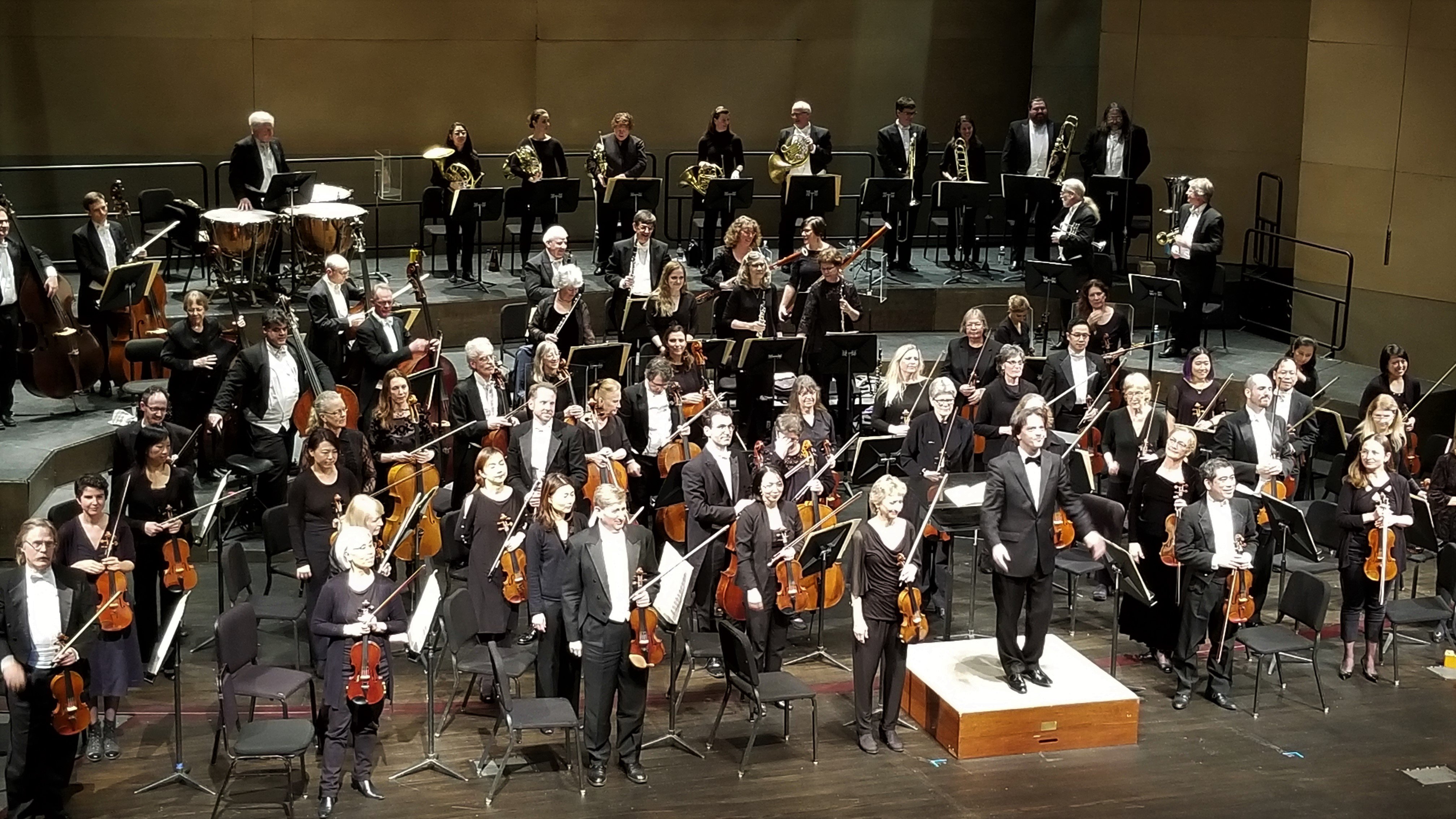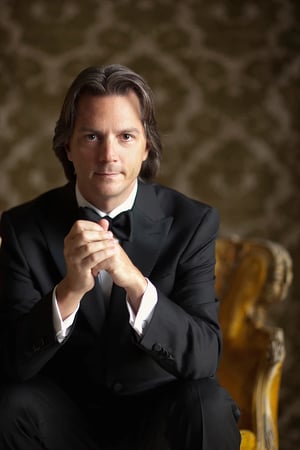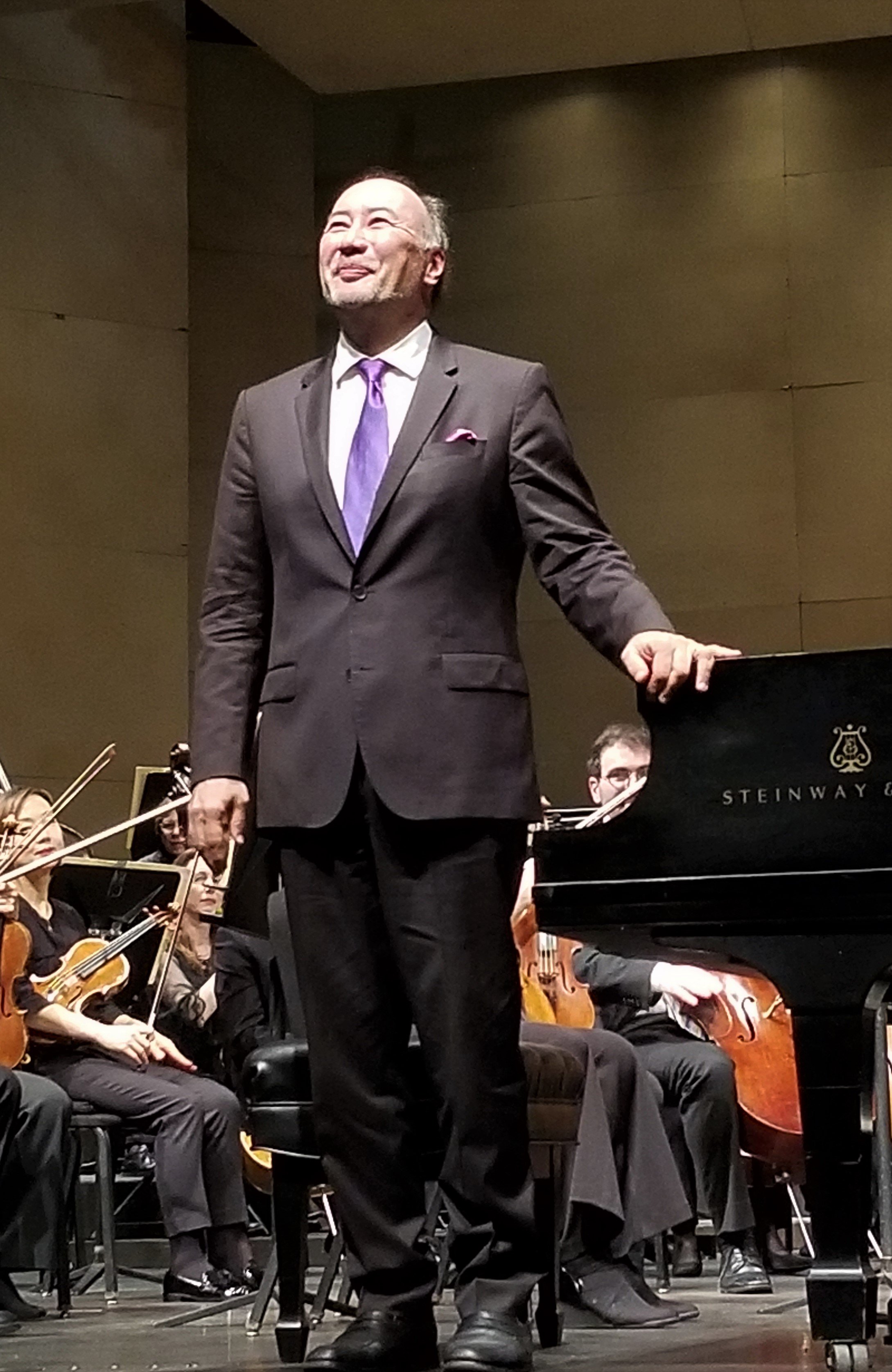
Symphony Silicon Valley’s concert at San José’s California Theatre on Saturday ran toward the dignified end of the orchestra’s style. After a series of fairly boisterous and uninhibited performances, it was a pleasure to hear something subtle and elegant, even if it was not always the most thrilling of music-making.
The purveyor of this mood was guest conductor Daniel Meyer. He’s music director of the Erie Philharmonic in Pennsylvania, and he guest conducts all over the U.S. and in Germany. This was his first appearance with Symphony Silicon Valley.
The vehicles for the occasion were two of the finest products of central European Romanticism: the Piano Concerto No. 2, Op. 83, by Brahms, and the Symphony No. 8, Op. 88, by Dvořák.

The Dvořák is in G major, an unusual key for a Romantic symphony, and it’s a warm and genial work. As Peter Laki’s program notes observe, this mood sets it apart from other Romantic symphonies from around its date of 1889: Brahms’s Fourth, Tchaikovsky’s Fifth, Franck’s only symphony, and Dvořák’s own previous symphony, his Seventh. They’re all moody pieces in minor keys.
Yet listening to Saturday’s performance demonstrated that there’s something dark about the Eighth as well. After all, both of the first two movements begin questingly in minor keys, and the other movements also delve deeply into the minor-key spectrum. This interpretation brought that aspect to the fore. There was sparkle enough in the livelier parts, but the symphony didn’t blaze with exhilaration.
Instead, the charms of this performance lay in the more delicate points of lyricism. The string sections smoothly layering over each other, each with a distinctive flavor of sound, was a joy to the ear. So were many wind parts, especially Sarah Benton’s frequent and vivacious flute solos. There’s far more brass in this symphony than in the Brahms, but there was no blaring, just some coarsening of the general orchestral sound in some of the tuttis.
It would be going far to claim that this performance painted Dvořák as a melancholy composer in the mode of his friend Brahms, but it did hint at unexplored depths in his character.

Brahms’ own Second Piano Concerto is a similarly surface-oriented work whose depths have to be searched for. Especially compared with the First Concerto, it’s warm, friendly, and relaxed. Meyer’s smooth and elegant conducting kept closer to the surface here. He emphasized rhythmic highlights in the opening movement and scherzo, but in the Andante and finale the pacing became more placid. Only dark, heavy chords from the French horns added something slightly menacing to a generally beautiful, though a little unexciting, sound. The outstanding solo turn here was from Evan Kahn’s cello, moist and expressive.
The soloist was Jon Kimura Parker, who appeared once before with Symphony Silicon Valley a decade ago in a crisp run through the Shostakovich First Concerto. His playing here was heavy and thick, rather as Brahms himself is said to have played. But Parker’s clear articulation never allowed the music to drag down. He was selective in displaying this, emphasizing some notes above others, and disappearing behind the orchestra entirely when the piano part was subsidiary. It’s a long concerto — about 50 minutes — and a tough job to play, but there was nothing here that sounded effortful.
For an encore, Parker offered what he said was something easy: the quiet contemplative serenade of Scott Joplin’s Solace (the version that Marvin Hamlisch played in The Sting).


